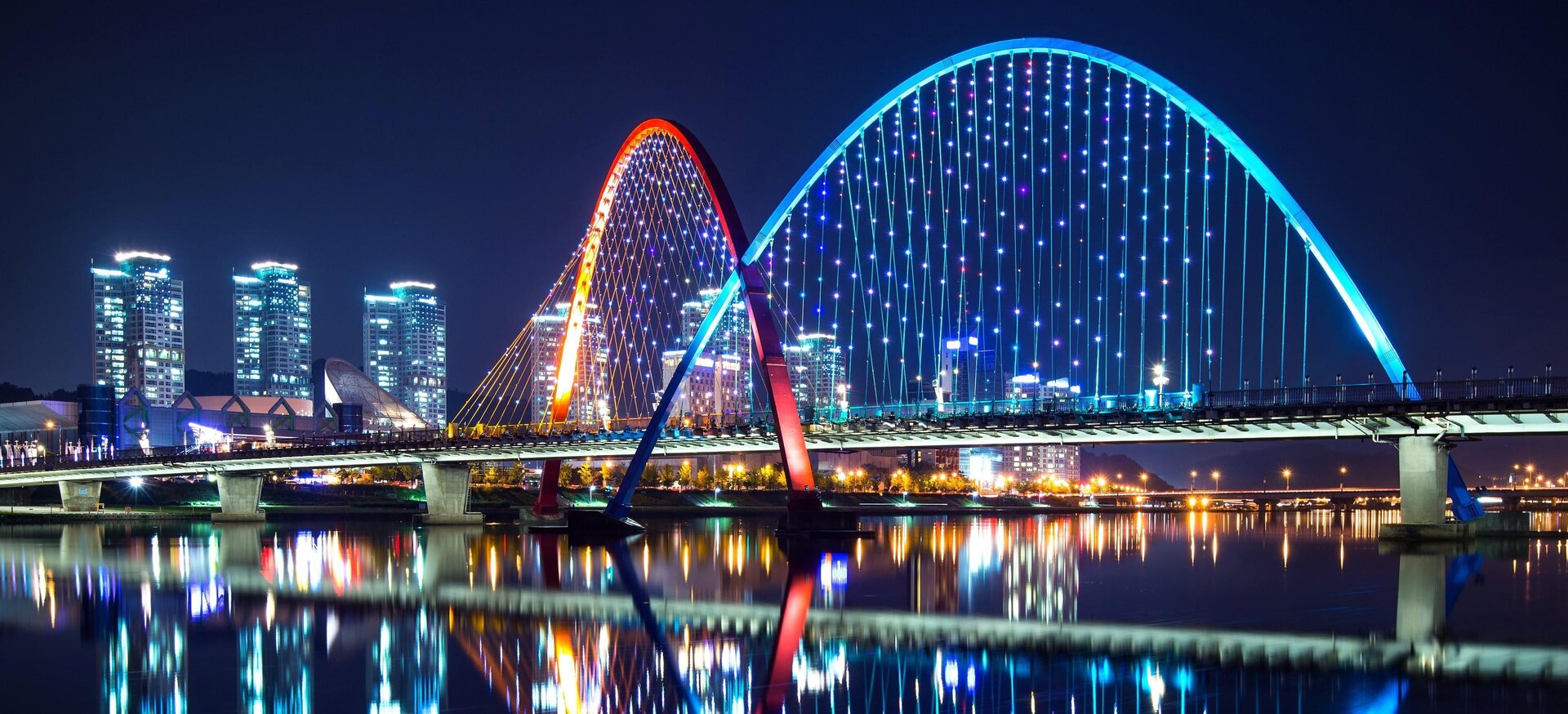Last updated: 2025-06-25 2:51AM GMT
Overview
ISMAR 2025, the premier Augmented Reality (AR) and Mixed Reality (MR) conference, will be held on October 8-12, 2025. ISMAR offers two distinct calls for papers and posters. This call is for submissions to the poster track and not for those recommended for posters from the regular paper track.
ISMAR 2025 will cover industry and research activities related to the full range of immersive technologies (AR, MR, and VR), including everything from interfaces in the real world to fully immersive experiences and beyond. This range goes far beyond the traditional published work in AR, such as precise 3D tracking, visual display, and real-time performance. We specifically invite contributions that advance all aspects of AR / MR / VR technology and user experiences.
Poster Submissions
We welcome paper submissions of 2 pages, only papers. including the list of references, in the VGTC conference template. Detailed submission guidelines are available here. Poster papers will be reviewed based on the extended abstract, which can contain smaller contributions, late-breaking developments, or in-progress work.
ISMAR considers poster papers of 2 pages to be non-archival. This means that authors of 2-page poster papers can resubmit more extended versions of their accepted work, with additional details, at later ISMAR conferences. All paper submissions must be in English and left blind for review.
All submissions will be accepted or rejected as poster papers.
- All accepted poster papers will be published in the conference adjunct proceedings of ISMAR 2025.
- All accepted poster papers will be archived in the IEEE Xplore digital library.
- All accepted poster papers will be subject to the registration and publication processing policies of ISMAR 2025.
The accepted poster papers will be granted a poster presentation during the conference. The standard format for poster presentations is in-person. However, in exceptional cases (such as difficulties attending in person due to funding, visa, or health issues), we offer the option to present posters in a video-only format (without hardcopy posters), provided there is at least one full registration.
Important Deadlines
- Poster paper submission deadline: July 29th, 2025 (23:59 AoE, Tuesday)
- Notification: August 15th, 2025 (23:59 AoE, Friday)
- Camera-ready version: August 20th, 2025 (23:59 AoE, Wednesday)
Topics of Interest
All topics relevant to and advancing AR, MR, and VR are of interest. We emphasize that a strong and explicit connection to AR, MR, and/or VR is essential for submissions. VR papers are welcome regardless of their relevance to AR/MR. Topics of interest include, but are not limited to:
- Artificial intelligence / Machine learning
- Assistive technologies and applications
- Camera and projector-camera calibration
- Collaborative interfaces
- Computer vision
- Content creation/authoring and content management
- Conversational and speech interfaces
- Display technologies (e.g., eyewear, smartwatches, projectors)
- Diversity and inclusivity issues
- Ethical issues
- Ergonomics and human factors
- Free viewpoint image generation
- Haptic and tactile interfaces, wearable haptics, passive haptics, pseudo haptics
- Human augmentations
- Human-computer interaction
- Immersive visual analytics
- Localization, spatial registration, and tracking
- Locomotion and navigation techniques
- Mediated and diminished reality
- Multimodal input and output
- Omnidirectional, 360, immersive videos
- Optics
- Perception
- Presence, body ownership, and agency
- Psychology
- Real-time performance issues
- Rendering techniques
- Sensor fusion
- Spatial audio, auditory perception, and psychoacoustics
- Spatial AR, projection mapping, projector-camera systems
- System architectures, distributed, and online systems
- Touch, tangible, and gesture interfaces
- Technology acceptance and social implications
- Teleoperation, telepresence, and telexistence
- User experience, usability studies, and human-subjects experiments
- VR simulations of AR/MR
- Virtual production
- Virtual humans and avatars
- Visualization techniques
- AR/MR/VR applications from domains include, but are not limited to:
- Architecture
- Art, cultural heritage, education and training
- Automotive and aerospace
- Entertainment, sports broadcast
- Health, wellbeing, and medical applications
- Industrial, military, emergency response
- Therapy and rehabilitation
For questions, contact: posters2025@ieeeismar.net
ISMAR 2025 Poster Chairs:
Byung-Kuk Seo, Sungchul Jung, Florian Weidner
